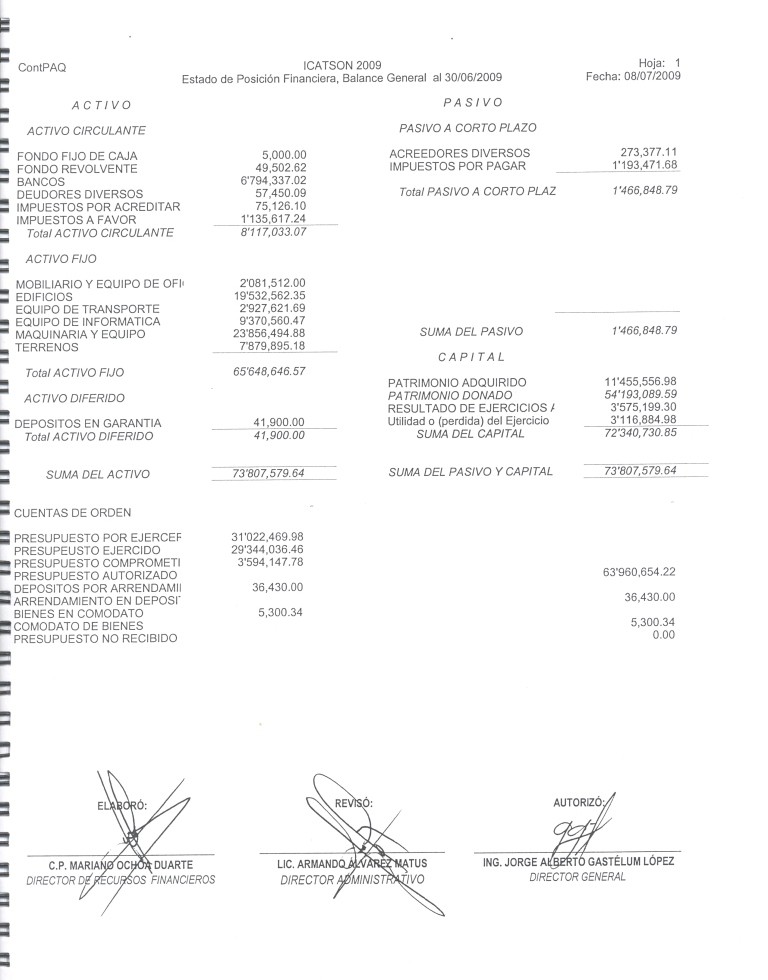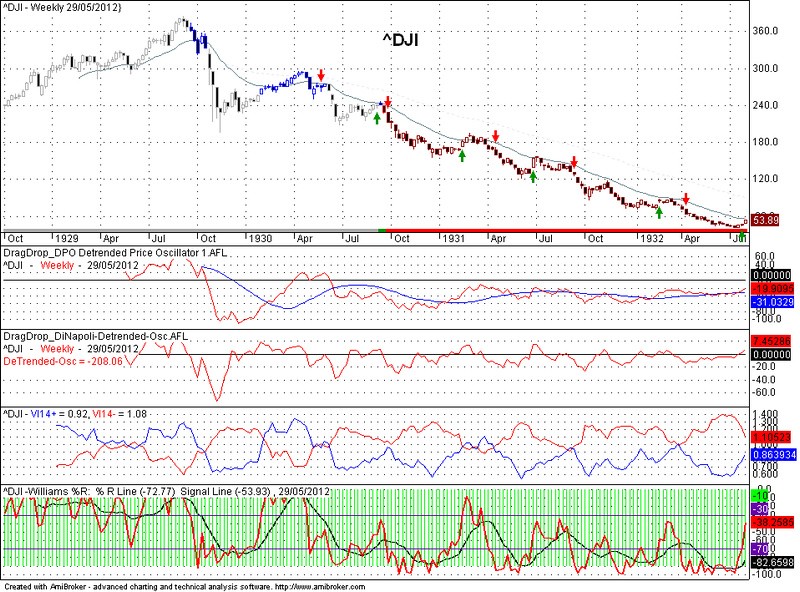Great Recession Wikipedia the free encyclopedia
Post on: 3 Апрель, 2015 No Comment

Contents
§ Terminology [ edit ]
There are two senses of the word recession : a less precise sense, referring broadly to a period of reduced economic activity, [ 6 ] and the academic sense used most often in economics. which is defined operationally. referring specifically to the contraction phase of a business cycle. with two or more consecutive quarters of negative GDP growth. If one analyzes the event using the economics-academic definition of the word, the recession ended in the United States in June or July 2009. [ 7 ] [ 8 ] However, in the broader, lay sense of the word, many people use the term to refer to the ongoing hardship (in the same way that the term Great Depression is also popularly used). [ 9 ] [ 10 ] [ 11 ] [ 12 ] [ 13 ] [ 14 ]
§ Overview [ edit ]
The Great Recession only met the IMF criteria for being a global recession. requiring a decline in annual real world GDP per‑capita (Purchasing Power Parity weighted) . in the single calendar year 2009. [ 3 ] [ 4 ] Despite the fact that quarterly data is being utilized as recession definition criteria by all G20 members. representing 85% of the world GDP. [ 15 ] the International Monetary Fund (IMF) has decided—because of the absence of a complete data set—not to declare/measure global recessions according to quarterly GDP data. The seasonally adjusted PPP‑weighted real GDP for the G20‑zone, however, is a good indicator for the world GDP, and it was measured to have suffered a direct quarter on quarter decline during the three quarters from Q3‑2008 until Q1‑2009, which more accurately mark when the recession took place at the global level. [ 16 ]
According to the U.S. National Bureau of Economic Research (the official arbiter of U.S. recessions) the US recession began in December 2007 and ended in June 2009, and thus extended over 18 months. [ 5 ] [ 17 ]
The years leading up to the crisis were characterized by an exorbitant rise in asset prices and associated boom in economic demand. [ 18 ] Further, the U.S. shadow banking system (i.e. non-depository financial institutions such as investment banks) had grown to rival the depository system yet was not subject to the same regulatory oversight, making it vulnerable to a bank run. [ 19 ]
US mortgage-backed securities, which had risks that were hard to assess, were marketed around the world, as they offered higher yields than U.S. government bonds. Many of these securities were backed by subprime mortgages, which collapsed in value when the U.S. housing bubble burst during 2006 and homeowners began to default on their mortgage payments in large numbers starting in 2007. [ 20 ]

The emergence of sub-prime loan losses in 2007 began the crisis and exposed other risky loans and over-inflated asset prices. With loan losses mounting and the fall of Lehman Brothers on 15 September 2008, a major panic broke out on the inter-bank loan market. There was the equivalent of a bank run on the shadow banking system. resulting in many large and well established investment and commercial banks in the United States and Europe suffering huge losses and even facing bankruptcy, resulting in massive public financial assistance (government bailouts). [ 21 ]
The global recession that followed resulted in a sharp drop in international trade. rising unemployment and slumping commodity prices. [ 22 ] Several economists predicted that recovery might not appear until 2011 and that the recession would be the worst since the Great Depression of the 1930s. [ 23 ] [ 24 ] Economist Paul Krugman once commented on this as seemingly the beginning of a second Great Depression. [ 25 ]
Governments and central banks responded with fiscal and monetary policies to stimulate national economies and reduce financial system risks. The recession has renewed interest in Keynesian economic ideas on how to combat recessionary conditions. Economists advise that the stimulus should be withdrawn as soon as the economies recover enough to chart a path to sustainable growth. [ 26 ] [ 27 ] [ 28 ]
The distribution of household incomes in the United States has become more unequal during the post-2008 economic recovery. a first for the US but in line with the trend over the last ten economic recoveries since 1949. [ 29 ] [ 30 ] Income inequality in the United States has grown from 2005 to 2012 in more than 2 out of 3 metropolitan areas. [ 31 ] Median household wealth fell 35% in the US, from $106,591 to $68,839 between 2005 and 2011. [ 32 ]














